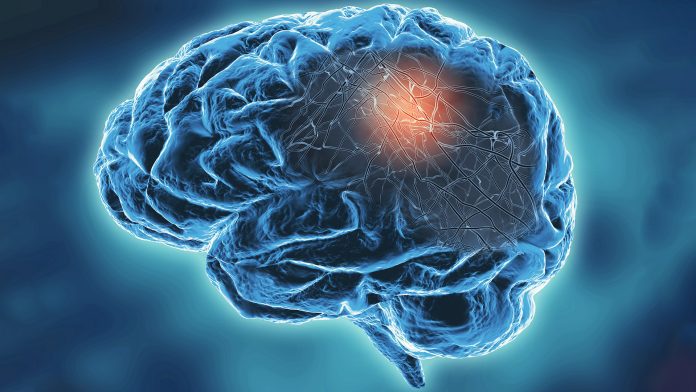
New research has identified that foods high in flavonoids may reduce mortality in people with Parkinson’s disease, potentially illustrating how dietary changes can enhance the health of individuals with neurodegenerative disease.
The Penn State-led study found that foods high in flavonoids, such as berries, cocoa, and red wine, may lower mortality in people with Parkinson’s disease. The team found that people already diagnosed with Parkinson’s disease who ate more flavonoids had a lower chance of dying throughout the 34-year study period than those who did not consume as many flavonoids. Furthermore, a lower risk of death from eating more flavonoids was found in men but not women.
Xinyuan Zhang, a PhD candidate in nutritional sciences at Penn State, commented: “Adding a few servings of flavonoid-rich foods to their diets a week could potentially be an easy way for people with Parkinson’s disease to help improve their life expectancy. Greater consumption of berries and red wine, which are rich in the flavonoid anthocyanins, was particularly associated with lower mortality.”
The team highlighted that wine consumption should not exceed the recommended amounts outlined in the Dietary Guidelines for Americans; one drink per day for women and two for men.
The research was supported by the National Institute of Neurological Disorders and Stroke and is published in the journal Neurology.
Landscape of Parkinson’s disease
Currently, over 60,000 people are diagnosed with Parkinson’s disease annually, and around 10 million are living with the disease, according to estimates from the Parkinson’s Foundation. The condition occurs due to the brain not producing enough dopamine, resulting in tremors, stiffness, and balance problems.
Although the disease is not considered fatal, Xiang Gao, a professor of nutritional sciences at Penn State, explained that its complications could cause an increased risk of death, and few studies have analysed how diet can affect the disease.
Gao said: “Our group’s previous research found that when people without Parkinson’s ate more flavonoids, it was associated with a lower risk of them developing the disease in the future. We wanted to further explore whether flavonoid intake could be linked to better survival in individuals who had already been diagnosed with Parkinson’s.”
Implementing foods high in flavonoids
In their investigation, the team examined data from 599 women and 652 men who had recently been diagnosed with Parkinson’s disease and were asked how often they consumed foods high in flavonoids: tea, apples, berries, oranges and orange juice, and red wine, for example. Intake of flavonoids was then calculated by multiplying the flavonoid content of the foods by how frequently they were eaten.
The researchers controlled for age and dietary factors like caloric intake and overall diet quality, finding that the group of the highest 25% of flavonoid consumers had a 70% greater chance of survival than the lowest group. Individuals in the highest group consumed around 673 milligrams (mg) of flavonoids daily, whereas those in the lowest group only consumed about 134 mg.
Next, the team analysed the performance of individual flavonoids, discovering that the top 25% of consumers of anthocyanins – found in berries and red wine – had a 65% greater survival rate than the lowest 25%. Moreover, the top 25% of consumers of flavan-3-ols – found in apples, tea, and wine – had a 69% greater survival rate than those in the lowest 25%. The team states that further research may uncover the mechanisms behind consuming foods high in flavonoids and a reduced chance of death.
Zhang said: “Flavonoids are antioxidants, so it’s possible they could be lowering chronic neuroinflammation levels. It’s also possible they may interact with enzyme activities and slow neuron loss and could protect against cognitive decline and depression, which are both associated with higher mortality risk.”






















